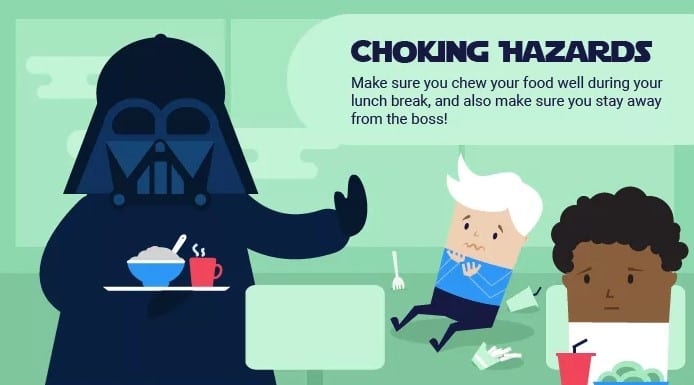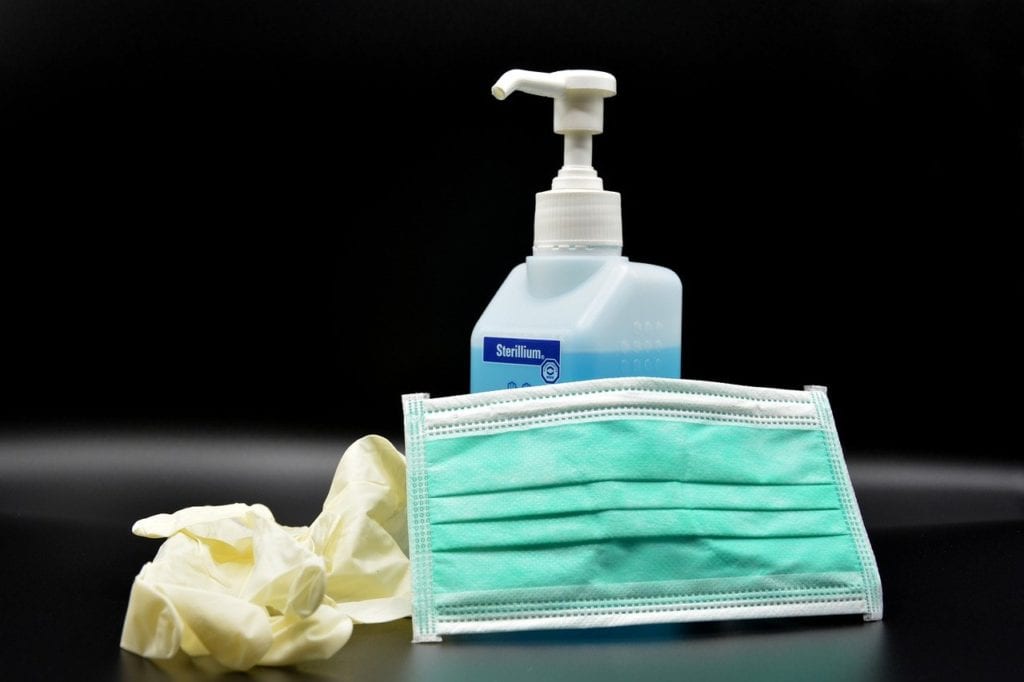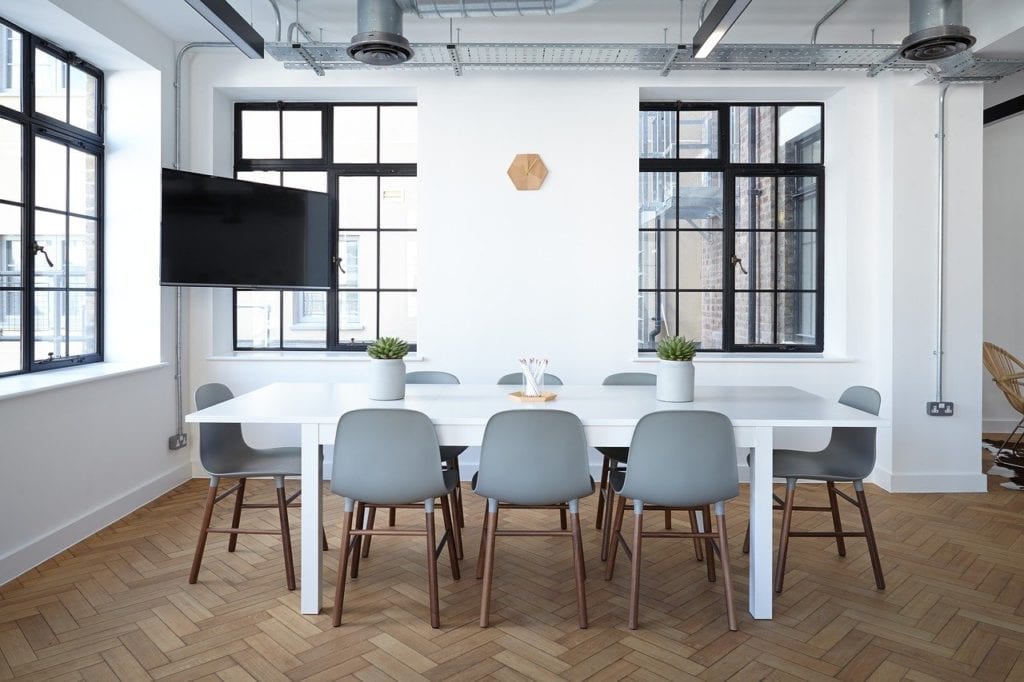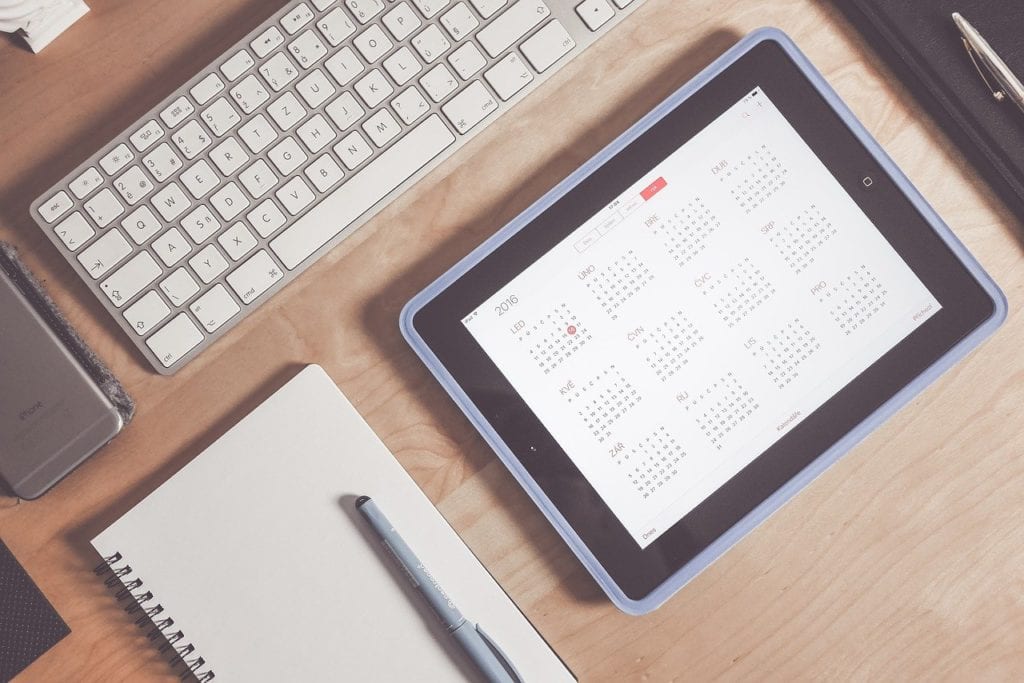How You Can Improve Office Safety After Coronavirus
The global coronavirus pandemic has shut down offices and businesses around the globe as we learn to navigate this new normal. When the virus started spreading back in March, we had no idea how to deal with it. So to keep ourselves safe, we stayed apart. Now that we have a better understanding of how the virus spreads, offices are starting to open back up. But we still need to make sure we’re doing it safely.
How can you improve office safety during and after the coronavirus pandemic?
Ditch the Open Floor plan
In recent years, the open floor plan replaced more traditional cubicles and office spaces. In theory, they were supposed to promote collaboration and cooperation. They’ve seen plenty of backlash, up to and including people considering leaving their jobs behind because of the open floor plan. In the age of corona, these open floor plans are also becoming vectors for the virus.
If you have an open floor plan in your office, it’s time to trade it in for cubicles or plexiglass dividers to prevent the spread of the respiratory particles that spread coronavirus.
Mandate Mask Usage and Other Safety Rules
Until we have a viable treatment or vaccine for the coronavirus, we have two tools to help reduce the spread of the virus — masks and social distancing. We know that the virus spreads through respiratory particles, so staying farther apart and wearing cloth masks to capture those particles can help keep your team safe. Mandating both social distancing and mask use can help keep your team safe when you get back in the office.
Now isn’t the time to neglect any existing safety rules, though. Make sure you reinforce your current safety protocols and help prevent other more common workplace accidents or injuries. You can even have fun with it, like this humorous guide to workplace safety on the Death Star.

It’s easy to get complacent when you’re so focused on other issues. Don’t let that kind of complacency lead to injuries or illnesses in your office.
Repurpose Your Collaborative Spaces
Gone are the days of collaborating with your team over coffee at the local cafe or sitting around a conference table. Even with masks, sitting in close proximity in enclosed spaces raises the risk of viral transmission. Instead of leaving them to collect dust, you can repurpose your collaborative spaces into offices that promote social distancing. Use cubicles or plexiglass to create office spaces within your conference rooms.
This could also create new uses for other shared spaces like break rooms and kitchens, especially if they’re unused due to social distancing and masking mandates.
Clean Surfaces Frequently

We know that the coronavirus spreads primarily through inhaling respiratory particles, but there is some science that states that it can also spread if you come into contact with it on surfaces. Washing your hands and refraining from touching your face is essential, but by cleaning shared surfaces frequently, we can work to reduce the spread of the virus.
Use a CDC-approved disinfectant on all surfaces, including keeping the surface wet for the amount of time listed on the product label. If you don’t have a specific disinfectant, diluted bleach is sufficient to kill the virus. Isopropyl alcohol is also an option, as long as the products you’re using have at least 70% alcohol.
Open the Windows
This isn’t always an option, but if you have the ability to open your windows and air out your space, do so. A report in August found that ventilation systems in most modern office buildings aren’t sufficient to get rid of infected air particles that might be hanging in the air.

If you can open the windows, you can bring in fresh air and use that to blow away potentially infectious particles. Working in outdoor spaces is also an option that you might want to explore if it’s available to you. Working from home is the best option, but many companies are trying to bring their teams back together, so ventilation will be a major part of that.
Stop Sharing
Sharing workspaces, headsets and other equipment was a common practice in the age before corona. It was a useful tool for helping small businesses save money. Now, there is the potential to spread the virus via these communal devices. So stop sharing. Invest in enough equipment for everyone, or encourage your team to purchase their own equipment and offer reimbursements.
Shared equipment is one idea that won’t survive the coronavirus pandemic. While it will require an additional investment, this is one of the best things you can do to keep your team safe as you start trying to get back to normal.
Rotate Your Schedules

Bringing in your entire team at once is going to make it difficult to maintain social distancing. Instead, consider implementing rotating schedules to keep your space from getting overcrowded. There are a couple of different ways to go about this. You can schedule multiple short shifts throughout the day, having different groups of employees come into the office for 4-6 hours at a time.
You can also alternate between in-office days and days spent working from home. Most teams are already used to working from home since most of us got thrown into it in the early days of the pandemic. Bring limited numbers of people back into the office and let the rest stay home, alternating as needed.
Shut Down If Necessary
Finally, keep a close eye on your team and pay close attention to any changes in the local community spread. If your city or county mandates a lockdown, don’t try to circumvent the regulations. Close your doors, send everyone back home again, and stay there until you’re given permission to open back up.
Safety and keeping everyone healthy is more important than keeping everyone in the office.
Stay Safe as We Navigate This New Normal
Experts agree that we will probably be navigating this new normal for at least two years, even if a vaccine becomes available toward the end of 2020. The only thing we can do is learn to navigate these changes and do whatever we can to stay safe. It will take some time to adapt, and we may be working from home for quite some time, but if you do decide to reopen your office, make sure you’re taking all the necessary steps to keep your employees healthy.









